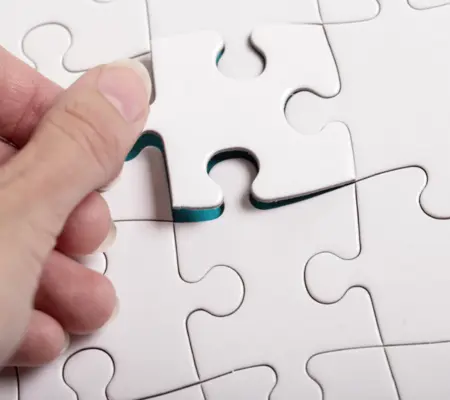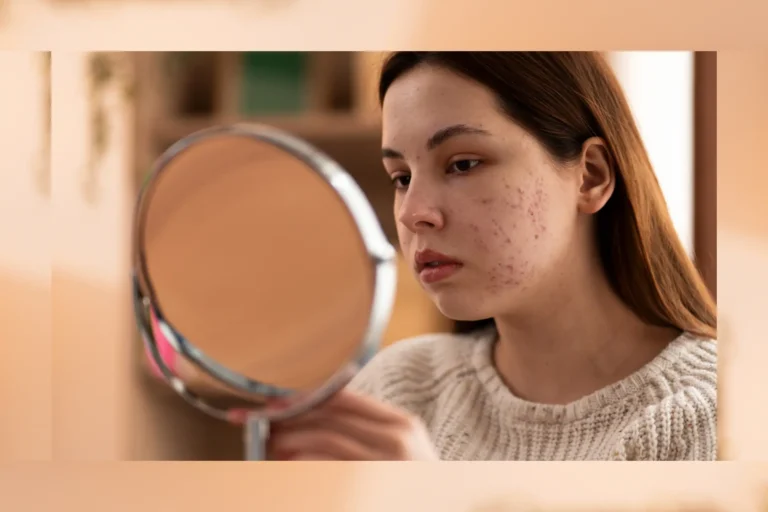Dermaplaning in UAE:
The Ultimate Skincare Secret for Smooth, Radiant & Flawless Skin
Discover the Benefits, Process & Best Products
for a Brighter, Smoother, and More Youthful Complexion
Discover Dermaplaning in UAE: the ultimate guide to smooth, radiant skin. Learn its benefits, process, and best products for a brighter complexion.
Unlock the secret to smooth, radiant skin with our ultimate guide to Dermaplaning. This popular skincare treatment not only exfoliates your skin but also removes fine vellus hair (peach fuzz), revealing a brighter complexion. In our guide, explore the amazing benefits of Dermaplaning, learn about the steps involved in the process, and discover the best products to enhance your results. Say goodbye to dull skin and hello to a glowing you.
Dermaplaning in UAE is one of the most sought-after skincare treatments today, celebrated for delivering smooth, radiant skin. Whether you’re a skincare enthusiast or beginner, this ultimate guide walks you through everything you need to know about dermaplaning in UAE—from its benefits and process to the best products to enhance your glow.
What is Dermaplaning in UAE?
Dermaplaning is a non-invasive skincare procedure that involves the use of a sterile surgical scalpel to gently exfoliate the skin. This process removes dead skin cells, peach fuzz (vellus hair), and impurities, leaving the skin smoother, brighter, and more even-toned. It is a popular treatment for those looking to achieve a flawless complexion with minimal downtime.
This procedure is performed by a licensed esthetician or dermatologist and is suitable for almost all skin types. Unlike other exfoliation methods, Dermaplaning provides instant results, leaving the skin smoother, brighter, and more even-toned. It also enhances the absorption of skincare products, making it a favourite among beauty professionals.
Final Thoughts
Benefits of Dermaplaning:
- Exfoliates Dead Skin Cells – Helps remove the outermost layer of dull, dead skin, revealing a fresher complexion.
- Removes Peach Fuzz – Eliminates fine facial hair that can trap dirt and oil, giving the skin a smoother appearance.
- Enhances Product Absorption – Allows serums and moisturisers to penetrate deeper into the skin for better effectiveness
- Improves Skin Texture and Tone – Reduces the appearance of fine lines, acne scars, and hyperpigmentation.
- Creates a Flawless Base for Makeup – Ensures makeup applies more smoothly and evenly.
- Non-Irritating and Suitable for Most Skin Types – Unlike some exfoliation treatments, dermaplaning is gentle and suitable for sensitive skin.
Who Can Benefit from Dermaplaning?
Dermaplaning is ideal for most skin types, especially those looking to brighten their complexion. However, it is not recommended for individuals with active acne, rosacea, or extremely sensitive skin, as the scraping motion may cause irritation.
Who Should Avoid Dermaplaning?
While Dermaplaning is safe for most people, it may not be suitable for those with:
- Active acne or breakouts
- Skin conditions like eczema or psoriasis
- Sunburn or open wounds
- A history of keloid scarring
Always consult a dermatologist or licensed esthetician before undergoing the treatment.
Potential Side Effects and Risks:
While Dermaplaning is generally safe, some individuals may experience:
- Temporary Redness – Mild irritation that subsides within a few hours.
- Sensitivity – The skin may feel slightly sensitive post-treatment.
- Breakouts – If aftercare instructions are not followed, clogged pores may lead to acne.
- Minor Scrapes or Nicks – Rare but possible, especially with DIY Dermaplaning.
How is Dermaplaning Performed?
A skincare professional assesses your skin type and concerns to determine if Dermaplaning is right for you.
Professional Treatment:
A licensed dermatologist or aesthetician typically follows these steps:
- Cleansing – The skin is thoroughly cleansed to remove dirt and oils.
- Preparation – A mild exfoliating solution may be applied to soften the skin.
- Exfoliation – Using a sterile, medical-grade scalpel, the professional gently scrapes the skin at a 45-degree angle.
- Hydration – A soothing serum or mask is applied to calm the skin and enhance hydration.
- Sun Protection – A broad-spectrum SPF is applied to protect the skin from sun exposure.
At-Home Dermaplaning:
While professional Dermaplaning is always recommended, at-home Dermaplaning tools are available for those who prefer DIY skincare. However, caution is advised to avoid cuts, irritation, or uneven results.
For those who prefer a DIY approach, follow these steps:
- Use a high-quality, sterile Dermaplaning tool.
- Cleanse your face thoroughly.
- Hold the tool at a 45-degree angle and use light, feathery strokes.
- Avoid sensitive areas such as active breakouts or irritated skin.
- Apply a hydrating serum to soothe the skin.
- Finish with sunscreen to protect the skin.
- Avoid active ingredients like retinoids or acids for 24 hours before and after the procedure.
- Follow up with a hydrating serum and SPF.
Best Skincare Products for Dermaplaning: Pre & Post-Treatment Care:
To achieve the best results from dermaplaning, it’s essential to prepare your skin with the right products and follow a proper aftercare routine. Below are the recommended skincare products to use before and after Dermaplaning.
Before Dermaplaning: Pre-Treatment Essentials:
Prepare your skin correctly ensures a smooth exfoliation process and minimises irritation.
- ✅ Gentle Cleansers
(To remove dirt, oil, and makeup before treatment)
CeraVe Foaming Cleanser – Contains niacinamide to keep the skin balanced and clean.
Beauty of Joseon Ginseng Cleansing Oil – Deep cleans without stripping moisture. - ✅ Exfoliating Solutions
(To loosen dead skin for a smoother dermaplaning session)
The Ordinary AHA 30% + BHA 2% Peeling Solution – Prepares skin by exfoliating dead cells. (Use this a few days before, not on the same day!)
SOME BY MI 30 Days Miracle Cream (AHA, BHA, PHA) – Mild exfoliation for smoother skin. - ✅ Hydrating & Strengthening Serums
(To keep skin healthy before treatment)
The Ordinary Hyaluronic Acid 2% + B5 – Provides intense hydration for a plump, soft surface.
Beauty of Joseon Glow Deep Serum (Rice & Arbutin) – Strengthens skin and improves tone
🔺 What to Avoid Before Dermaplaning:
- Retinoids, strong acids (AHAs, BHAs)
- Harsh exfoliators 24–48 hours before treatment.
- Heavy makeup or occlusive skincare that can clog pores.
After Dermaplaning: Post-Treatment Essentials:
Post-treatment care is crucial to soothe and protect the skin after exfoliation.
- ✅ Hydrating & Soothing Products
(To calm the skin and prevent irritation)
COSRX Advanced Snail 92 Cream – Repairs and deeply hydrates the skin.
CeraVe Moisturising Cream – Strengthens the skin barrier with ceramides and hyaluronic acid.
Beauty of Joseon Ginseng Essence Water – Soothes redness and refreshes skin. - ✅ Brightening & Repair Serums
(To enhance skin radiance and healing)
The Ordinary Niacinamide 10% + Zinc 1% – Controls oil and brightens the complexion.
Numbuzin No.5 Vitamin Serum – Packed with Vitamin C and glutathione for post-exfoliation glow. - ✅ Sun Protection (A MUST after dermaplaning!)
Beauty of Joseon Relief Sun SPF50 – Lightweight and soothing with no white cast. Eucerin Oil Control Face Sunscreen SPF50 – Prevents sun damage without clogging pore
🔺 What to Avoid After Dermaplaning:
- Retinoids, exfoliants, or strong active ingredients for 24–48 hours.
- Direct sun exposure and heavy makeup immediately after treatment.
By following these pre- and post-Dermaplaning skincare steps, you can ensure smooth, radiant, and irritation-free skin!
Dermaplaning in UAE FAQs: Your Top Questions Answered

Final Thoughts
Dermaplaning in UAE is a game-changer for achieving smooth, radiant skin. Whether you choose a professional treatment in Dubai or an at-home session, this exfoliation method delivers incredible benefits, from improved product absorption to a flawless makeup application. By incorporating the right products into your routine, you can maintain the results and keep your skin looking its best.


 Cetaphil Moisturising Cream | 450g
Cetaphil Moisturising Cream | 450g